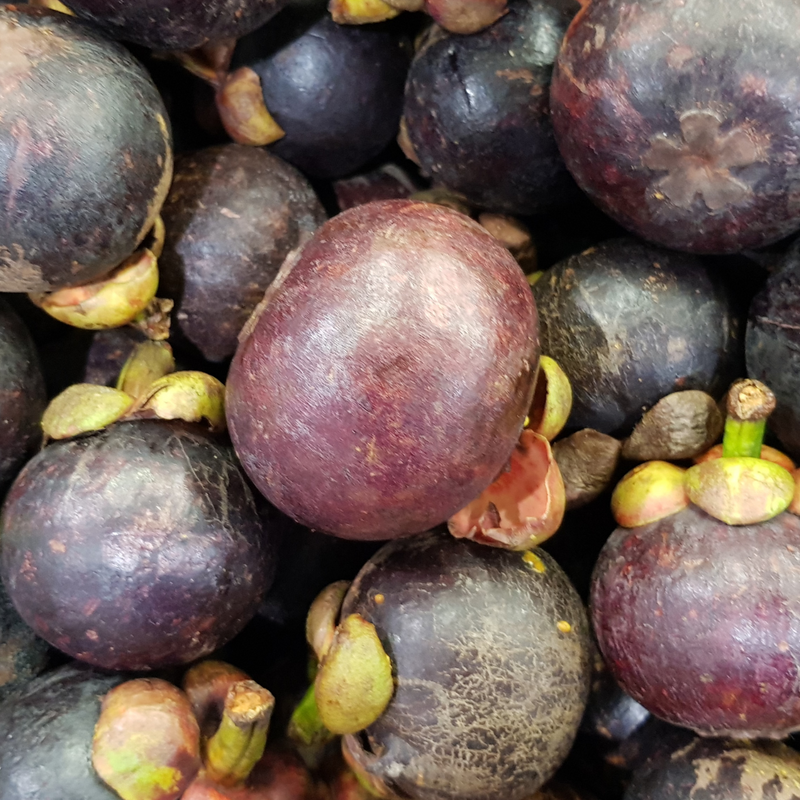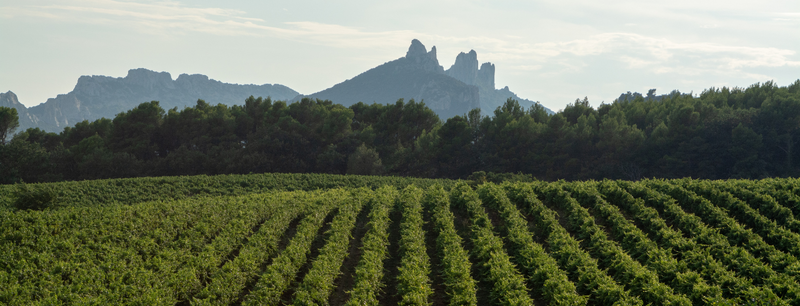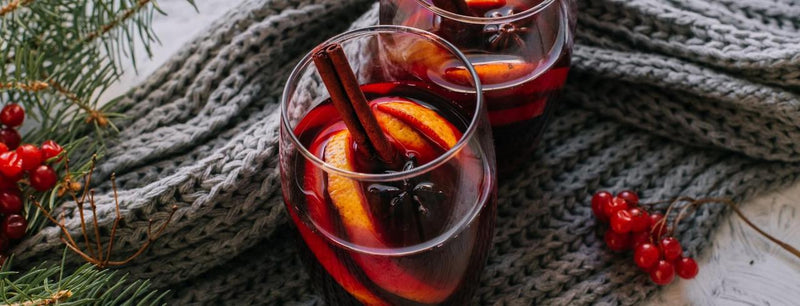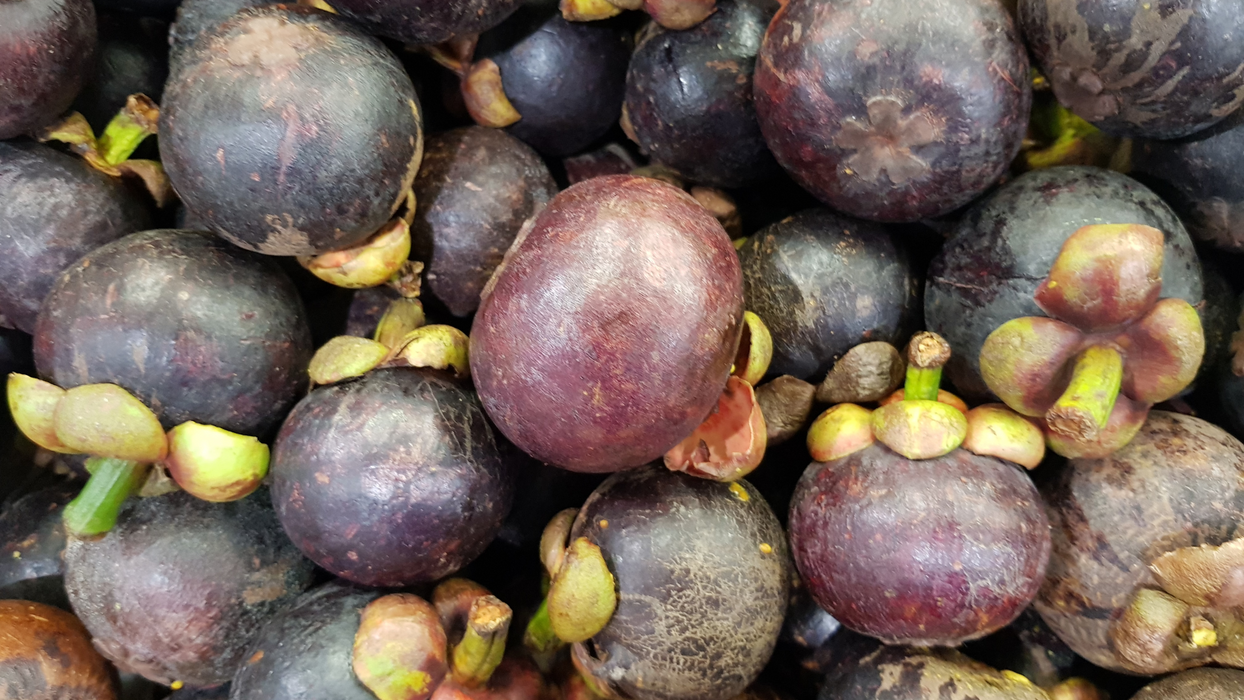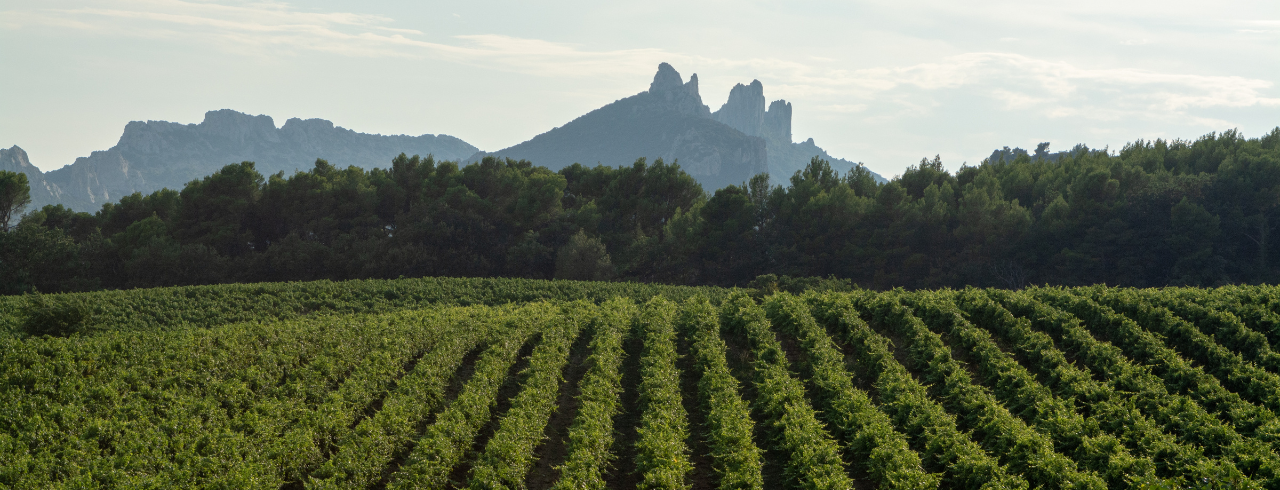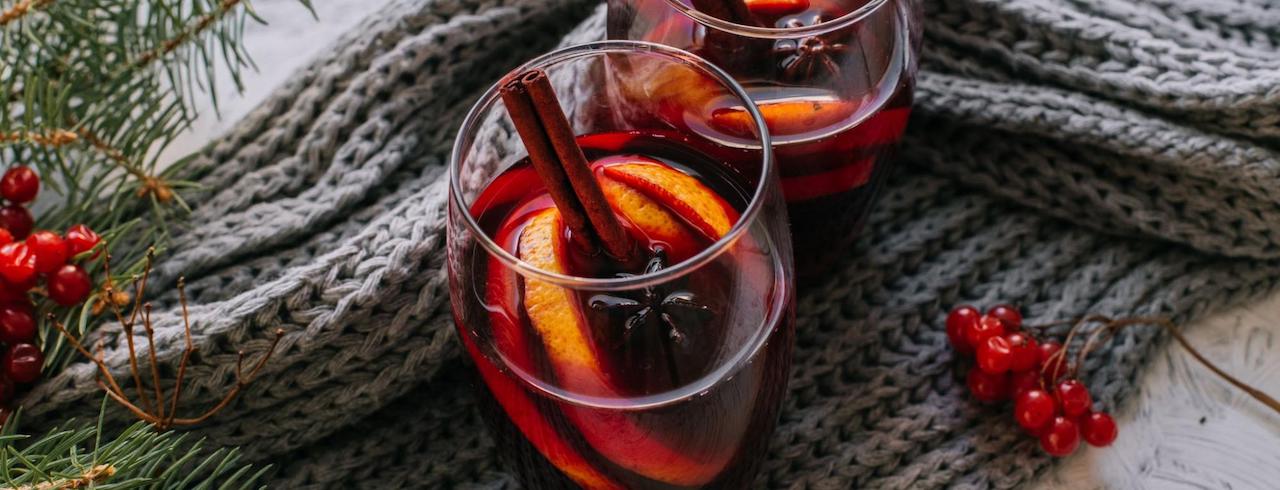
Tips On Identifying Flavors In Wine
Whether you’re new to wine or a respected sommelier, it’s easy to see that the world of vino encompasses a vast and diverse range of flavors.
From fruity notes to herbaceous hints and earthy overtones, each bottle offers a unique flavor profile that can quickly intimidate the uniformed or hesitant wine drinker.
For an in-depth introduction to understanding vino flavors, Wine Insiders presents our comprehensive guide on wine-tasting tips.
-
Let Your Eyes Guide You
Your first sensory interaction with a glass of wine is nearly always by sight.
If you’re new to vino, it’s easy to visually categorize varietals/blends solely by their colors (red, white, or pink) and their carbonation or lack thereof.
However, the appearance of your wine tells a far longer and more important story.
In carefully observing your wine in its glass, you can notice three visual indicators of its flavor profile:
Color
A wine’s color is the most fundamental aspect of its appearance and relays critical information about your bottle.
Identifying your vino as red, white, or pink is essential to preparing your nose and palate for the experience that lies ahead.
As you can imagine, this effect only intensifies as you begin to understand the differences in shades between wines of the same color:
In general, red wines with dark colors feature high tannin levels (due to extended grape-skin exposure) that add a fuller body and an astringent taste.
Conversely, red wines with lighter colors offer fewer tannins, meaning a silkier sipping experience, minimal bitterness, and often a more fragrant bouquet.
Transparency
Observing your wine’s transparency (or lack thereof) is vital to identifying its body.
High transparency often translates to lighter bodies for white and red wines, while increased opacity levels translate to medium and full bodies.
For context, let’s compare two famous white wines: Pinot Grigio and oaked Chardonnay.
Pinot Grigio is a light-bodied white with notable transparency — this signifies that each sip will have acidity, tartness, and a crisp finish.
On the other hand, an oaked Chardonnay is full-bodied with a more opaque appearance; this contributes to its lower acidity and creamier texture.
Viscosity
Viscosity is the final crucial factor in understanding a wine’s appearance.
Viscous wines often feature high levels of alcohol and/or sugar, giving them a unique mouthfeel and flavor profile compared to lighter wines.
This distinction explains why vino with prominent alcohol and sugar, like a red dessert wine, has a syrupy consistency and candied flavor compared to dry white wines with lower alcohol by volume (ABV), like Sauvignon Blanc.
-
Trust Your Nose
Your nose can be a guiding light in your attempt to appreciate the many flavors of wine.
When you drink vino, your nose will detect a range of smells that fall into one of three general categories:
Primary Wine Aromas
The primary wine aromas are among the most famous and notable, particularly in younger bottles (regardless of color).
These aromas are among the easiest to detect and often leave a lasting impression on the drinker:
- Fruits
- Herbs
- Floral Notes
While their representation varies from grape to grape and bottle to bottle, these smells provide an accessible window into a wine’s flavor profile.
Secondary Wine Aromas
Secondary vino aromas typically originate during a wine’s fermentation, but they can also come about through aging.
These smells -- while less prominent than their primary relatives -- directly influence a wine’s flavor profile:
- Yeast (from fermentation)
- Dairy Notes (butter, cheese, cream)
- Vanilla (from oak aging)
Tertiary Wine Aromas
Tertiary aromas are often the least prominent and arise solely during a wine’s aging process.
These smells typically result from a wine’s interaction with oak, oxygen, or the forces of time:
- Nuts
- Spices
- Earthiness
-
Understand the Major Wine Flavors
To get the most from your next wine tasting, you must become familiar with the main types of wine flavors.
To keep things simple, let’s broadly focus on flavors you’ll find in red and white wines:
Red Wine Flavors
The prominent flavors of red wines are black and red fruits such as blackberry, cherry, cranberry, blueberry, raspberry, and strawberry.
These fruity overtones often accompany flavors like
- Earthy Notes of Dirt, Graphite, Wood, or Leather
- Spicy Hints of Cinnamon, Nutmeg, or Pepper
- Sweet Flavors of Jam
- Herbaceous Medleys of Rosemary, Sage, or Mint
White Wine
White wines primarily offer flavor profiles dominated by stone fruits like peach, apricot, and apple; citrus fruits like lemon, lime, and grapefruit; and tropical fruits like pineapple, mango, or passion fruit.
In many popular whites, these fruity flavors harmonize with:
- Herbaceous Medleys of Grass, Bell Peppers, or Jalapeños
- Floral Accents of Iris, Jasmine, Elderflower, or Magnolia
- A Lack of Astringent Tannins
- Sweet Hints of Cream or Vanilla
-
Savor the Flavor
The path toward wine enlightenment is a marathon, not a sprint.
Your focus should be on purposefully luxuriating in your wine’s many flavors.
Take fruitful sips from your glass as your enjoyment of the wine harmonizes with the desire to identify and explore its appearance, smell, and taste.
Note any fruity, earthy, herbaceous, etc., flavors without letting your pursuit of vinicultural knowledge degrade your sipping experience.
And trust that your catalog of wine flavors will expand over time.
-
Sample A Wide Variety of Wines
We’ve saved the most basic, and perhaps most important, piece of advice for last:
Try as many wines as you possibly can.
As any world-class sommelier or budding vino aficionado will tell you, there’s no substitute for broadening your vinicultural horizons and exploring every corner of the diverse world of wine. You’ll soon discover the landscape overflows with delicious flavors to add to your repertoire.
Whether you explore the sparkling delights of Champagne, the red blends of Tuscany or any wine in between, each bottle you enjoy will stamp your vinicultural passport with its unique harmony of flavors.
As your palate grows and develops, you’ll learn to appreciate each varietal and blend for its home region knowledgeably, production, tastes, smells, and cultural relevance.
Like any great journey, the path to understanding a wine’s flavor and importance will take time and exploration.
But in the end, the result is undoubtedly worthwhile.
Wine Insiders: Your New Home for Wine
Now that you understand how to taste wine comprehensively and with every sense at your disposal, it’s time to put your knowledge to the test and explore Wine Insiders’ diverse collection of world-class wines:
From Old World Pinot Noir ruled by black fruit and prominent herbs to New World California wines dominated by citrus fruits and a zesty kick, we have the varietals and blends you need to discover the wide world of wonderful wine.
For more information about wine, tasting notes, and more - check out our full library of Wine 101 Guides!
